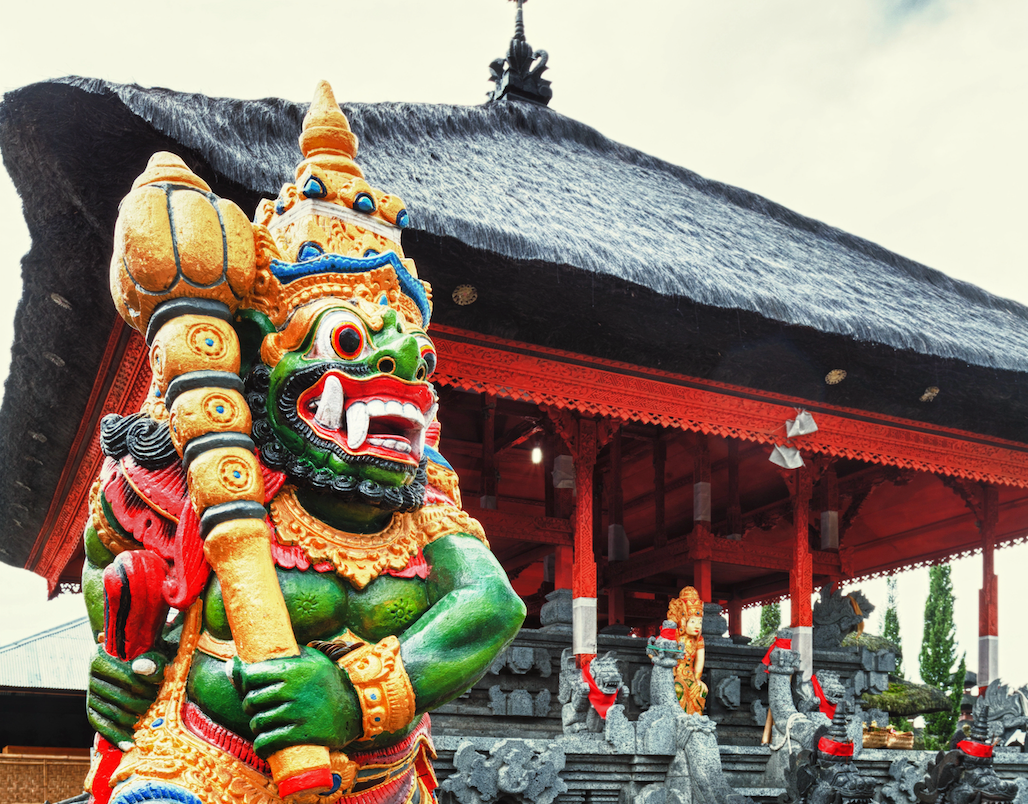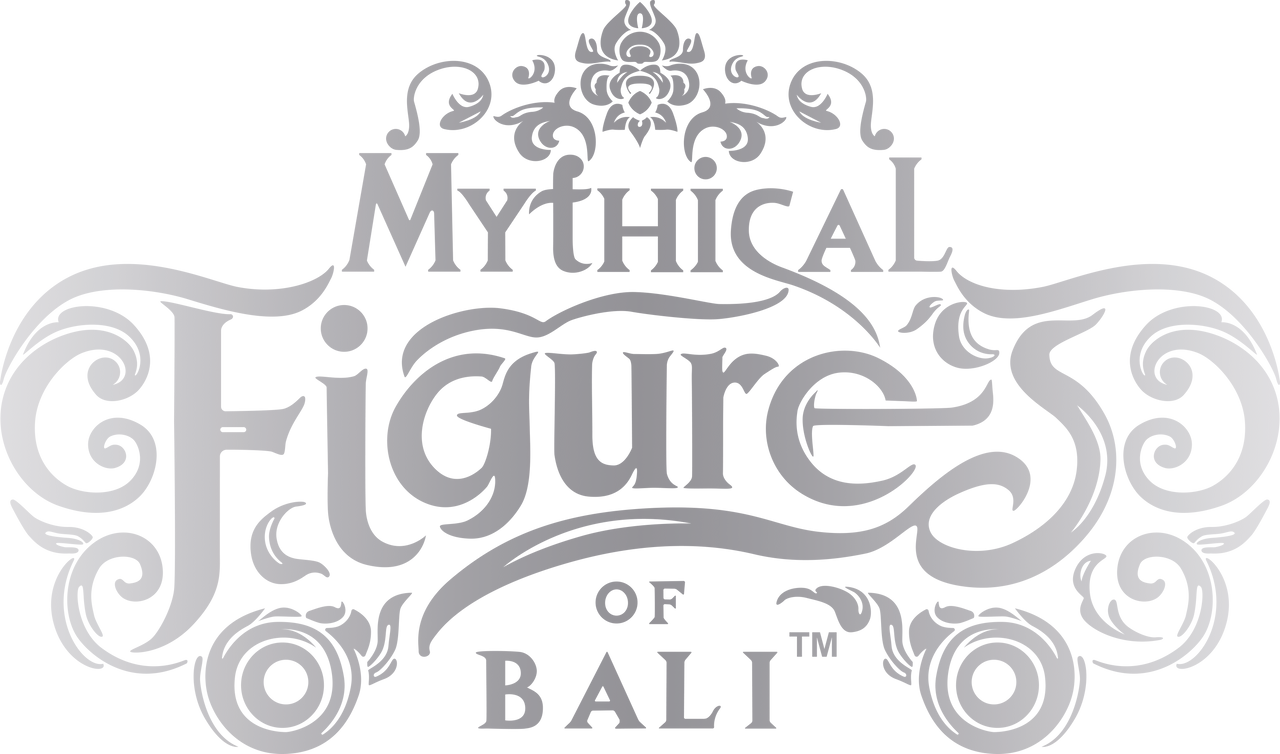
Drawapala: The Guardian of Sacred Spaces in Bali
In the architectural and spiritual fabric of Bali, few figures command as much silent power as Dwarapala—the gatekeeper, the guardian, the eternal watcher.
Standing at the entrances of temples, palaces, and sacred compounds, Dwarapala figures are often the first presence encountered, yet they are frequently overlooked by the untrained eye. But their role is profound: they serve as spiritual sentinels, protecting the sanctity of the space within and keeping out negative forces—both physical and metaphysical.
In traditional Balinese belief, the boundary between the sacred and the mundane must be clearly guarded. Dwarapala embodies this threshold. Carved in volcanic stone, he is almost always depicted with a fierce expression, wide, unblinking eyes, and a massive club (gada) in hand—ready to act should any malevolent force dare to cross his path.
But there is wisdom in his aggression. His raised foot suggests motion, alertness, and vigilance. He is not passive. He is ever-ready, standing between two worlds. To the Balinese, Dwarapala does not merely symbolize protection; he isprotection—manifested in form.
Reimagined in Silver
In the Mythical Figures of Bali™ collection, Dwarapala is reinterpreted in a new form: not carved in stone, but sculpted in sterling silver, to be worn close to the body. While the material is different, the reverence remains the same. Every detail—from the furrowed brow to the clenched grip on his club—is carefully modeled to capture the gravity and symbolism of the original statues.
The process of bringing Dwarapala into jewelry form reflects the marriage of past and present. The initial design was created digitally using CAD software, then 3D printed in high-definition brass masters. These were used to form rubber molds, and the final pieces were cast using traditional lost-wax methods by master artisans in the village of Celuk—Bali’s historic center of silversmithing.
What emerges is a miniature guardian, forged in silver but rooted in stone. A timeless symbol, refined for the wrist.
A Modern-Day Talisman
To wear the Dwarapala bracelet is to carry a message of boundaries and protection—not just from physical harm, but from internal dissonance. In a world of noise, distraction, and spiritual disconnection, Dwarapala becomes a reminder to protect what is sacred in your own life: your values, your clarity, your inner calm.
It’s a symbol for those who stand firm. For those who defend what matters, quietly and with conviction.
With the Mythical Figures of Bali™ Dwarapala bracelet, tradition becomes talisman. A guardian once carved in stone now lives in silver—always watching, always present.
